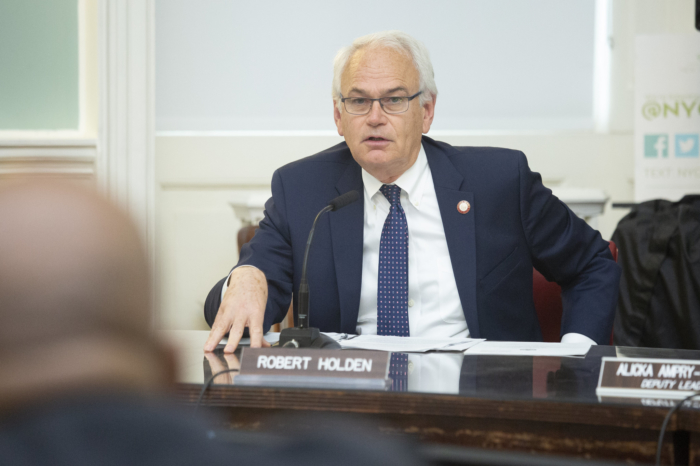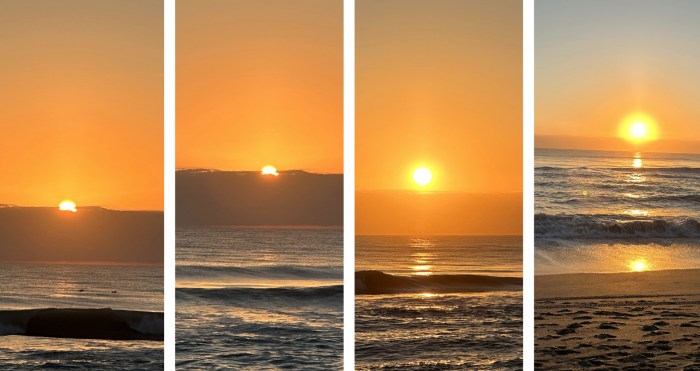Statistics recently released by the Department of Education paint a troubling picture of the 5,103 students who received offers based on their exam scores to attend Specialized High Schools in the fall. According to the DOE, approximately 27,000 students took the admission test last fall.
Black and Hispanic students, representing 70 percent of New York City’s students, did not see a percentage change in the number of seats offered from 2014, holding at a paltry 5 percent and 7 percent, respectively. At the city’s top school, Stuyvesant, just 15 black and 23 Hispanic students will be admitted in the next school year. Asian-American students continued to dominate on the test, netting 52 percent of seats across all schools. At Queens’ only specialized high school, Queens Science, 103 of the incoming 155 students will be Asian American.
These numbers add credence to efforts by groups such as the NAACP, as well as some elected officials, to scrap the test as the sole means of admission, currently mandated by state law. The 1972 Hecht-Calandra Act mandated admission by competitive examination for Stuyvesant, Brooklyn Tech and Bronx Science. The alternative, dubbed “multiple measures,” would consider interviews, attendance, school grades and other factors to create a more holistic profile of each candidate.
Yet, top schools that screen students, such as Townsend Harris in Flushing, have similar issues with diversity. A report released by the Research Alliance for New York City Schools is critical of swapping the test with other measures, noting that it would, at best, only marginally raise the number of white, Hispanic and female students at these schools at the expense of Asian students. This is due to the uneven distribution of high achieving students in a small number of middle schools. So called “feeder schools” account for over half the students who receive offers for specialized high schools.
Test opponents and supporters have long come to the consensus that the root of the disparity is poor middle school education in the city’s poorer neighborhoods. Compounding this challenge is a scarcity of quality high school seats, therefore intensifying competition for seats at specialized high schools. “The best way to increase diversity at these schools is to ensure that every student goes to a great elementary and middle school,” Schools Chancellor Carmen Farina noted.
State law was never amended to cover the new specialized schools, including Queens High School of Science, but aside from LaGuardia High School, which offers admission by audition, the SHSAT is used to determine admission to the eight specialized high schools. While there is little movement in Albany to change the status quo, technically, the status of the five newest specialized schools gives the city latitude to change admissions criteria.
Farina, as well as Mayor de Blasio, have signaled a desire to reform the testing process, but aside from possibly adding an essay to the multiple choice test, solutions have not been forthcoming. “It’s critical that our city’s specialized high schools reflect the diversity of our city,” the chancellor said in response to the released statistics. “We continue to review a variety of ideas to increase diversity at our specialized high schools such as increasing access to the SHSAT.”
Test prep is a point of contention for test opponents, noting that wealthy families especially can “game” the process by paying for test prep to give their children an edge over their peers. Yet a significant percentage of students at Stuyvesant are eligible for free school lunches due to household income, weakening the argument that only those who can afford paid test prep can make it to the city’s top school. Students enrolled in DREAM, a free prep program operated and staffed by the DOE, boasts a 46EiE percent acceptance rate to specialized high schools.
Speaking at an event at Harvard’s Graduate School of Education earlier this month, Farina suggested an expansion of the DREAM program as an immediate solution to correct the disparity in acceptance rates. The Research Alliance report identifies “high achieving girls, Latinos, and low-income students” are less likely to take the exam or accept offers to go to these schools and recommends interventions to ensure that these students take the SHSAT.
The Research Alliance report can be viewed at this link: stein
































